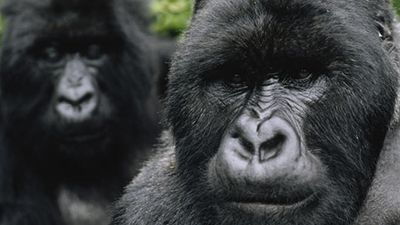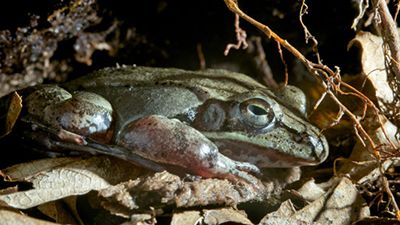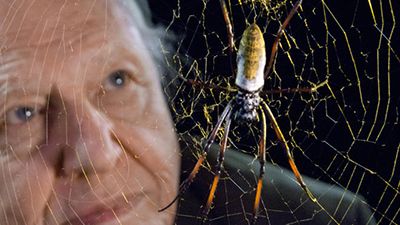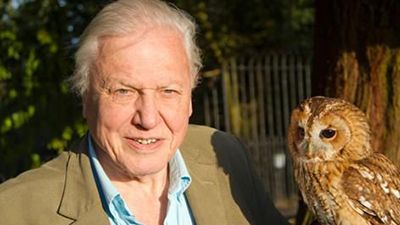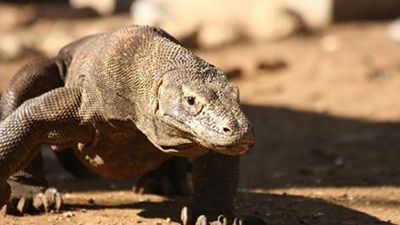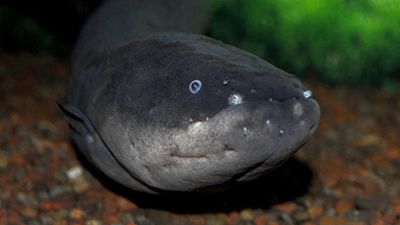The BEST episodes of David Attenborough's Natural Curiosities
Every episode of David Attenborough's Natural Curiosities ever, ranked from best to worst by thousands of votes from fans of the show. The best episodes of David Attenborough's Natural Curiosities!
Sir David shines the spotlight on some of nature’s evolutionary anomalies and reveals how these curious animals continue to baffle and fascinate.
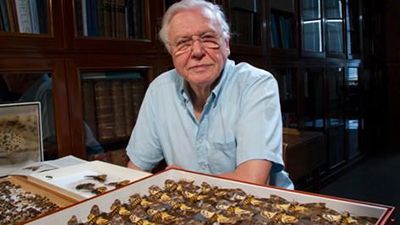
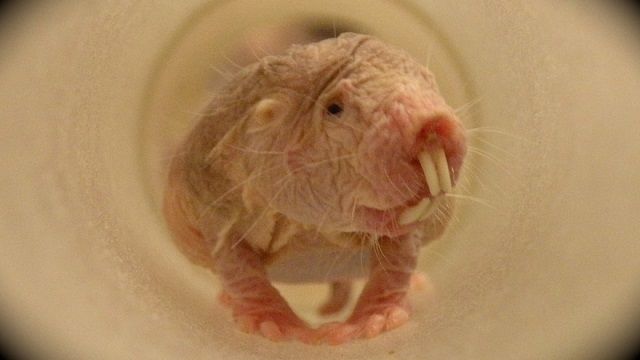
#7 - Young Wrinklies
Season 1 - Episode 3 - Aired 2/12/2013
David encounters two examples where Nature has tinkered with the aging process to alarmingly different effect – the first grows old while trapped in a young body while the second looks old from birth but might hold the key to a long life.
Watch Now:Amazon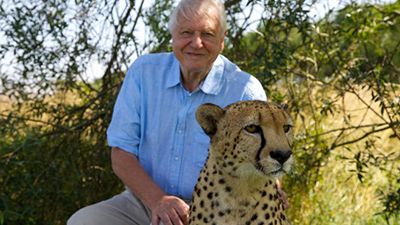
#8 - Impossible Feats
Season 3 - Episode 1 - Aired 2/2/2015
Fleas are supposed to be able to jump the equivalent of a human leaping over St. Paul’s Cathedral and cheetahs purportedly can clock speeds of 70 miles per hour. But are these claims really true? The discovery of the world's most elastic natural protein in insects and the development of a hi-tech tracking collar have helped reveal the truth. So can these creatures really achieve what should be physically impossible?
Watch Now:Amazon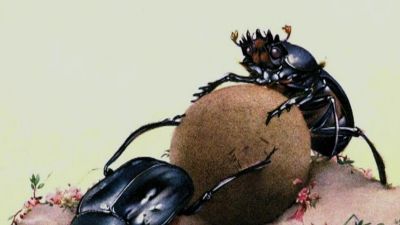
#9 - Finding the Way
Season 4 - Episode 2 - Aired 2/13/2018
Some animals have an extraordinary ability to find their way. The dung beetle, an insect revered by ancient Egyptians, uses the sun, the moon and even the Milky Way to move its prized ball of dung in the right direction. Pigeons are often considered feeble birdbrains, but they have incredible memories that can recall several complex travel routes with amazing accuracy and they even use manmade roads and hedgerows to find the quickest way home.
Watch Now:Amazon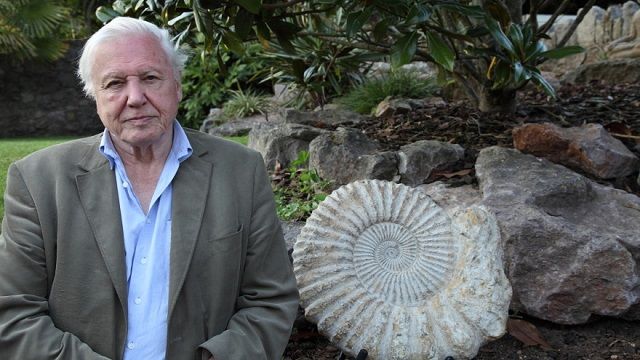
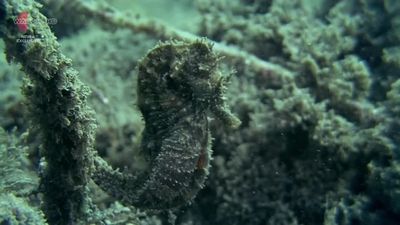
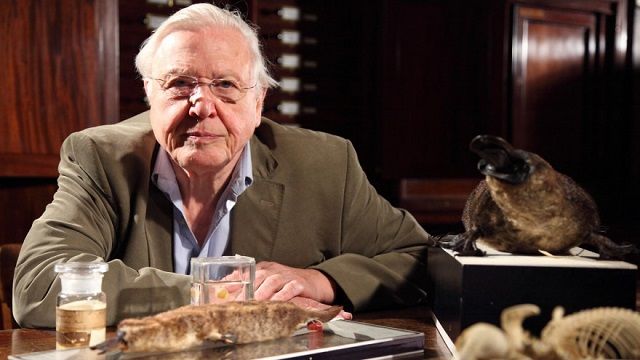
#13 - A Curious Hoax?
Season 1 - Episode 2 - Aired 2/5/2013
David discovers the curiosities that have led to accusations of forgery but have ultimately helped us rethink evolution. When early explorers brought the first specimen of a duck-billed platypus back to England in 1799, it was thought so bizarre it was deemed a hoax, while the midwife toad became the centre of a raging scientific storm in the 1920s that led to accusations of fakery.
Watch Now:Amazon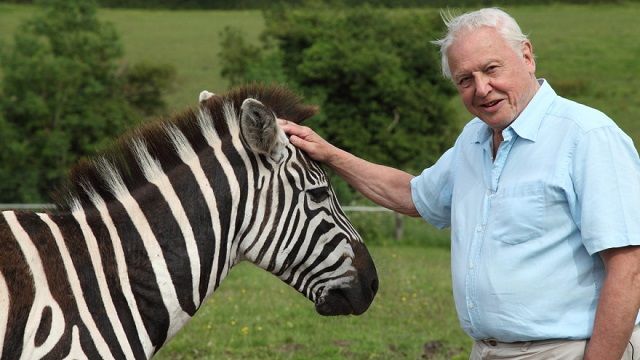
#14 - Seeing the Pattern
Season 1 - Episode 5 - Aired 2/26/2013
Zebra stripes vary subtly between the different species but there is one group of animals that has evolved colourful patterns of seemingly infinite variety, the butterflies. In this episode David looks at two examples of animal patterns that have bedazzled and baffled science for a long time, and uses modern tools to unlock their secrets.
Watch Now:Amazon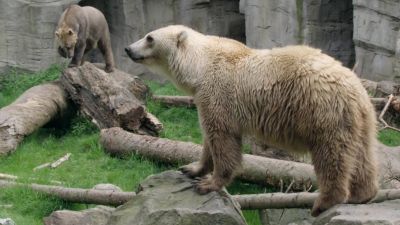
#15 - Animal Frankensteins
Season 4 - Episode 1 - Aired 2/14/2018
Hybrids can be bizarre and they can be deadly. We look at two hybrid animals that owe their existence to human interference – the pizzly bear (a cross between a polar bear and grizzly), which has come into being because of global warming, and the killer bee brought into existence because of the transfer of African bees to South America.
Watch Now:Amazon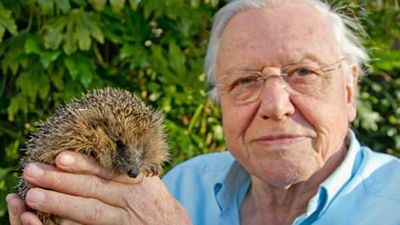
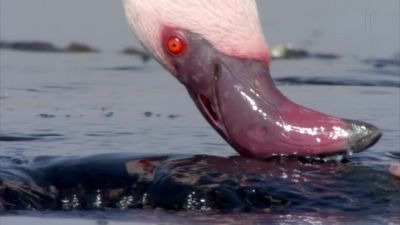
#17 - Curious Feeders
Season 3 - Episode 4 - Aired 2/23/2015
The blue whale and the flamingo both have bodies determined by their diet. Blue whales grow enormous by feeding on tiny shrimp-like creatures, while flamingos spend their lives eating with their heads upside down. Both are oddities in their own groups and yet both are curiously similar.
Watch Now:Amazon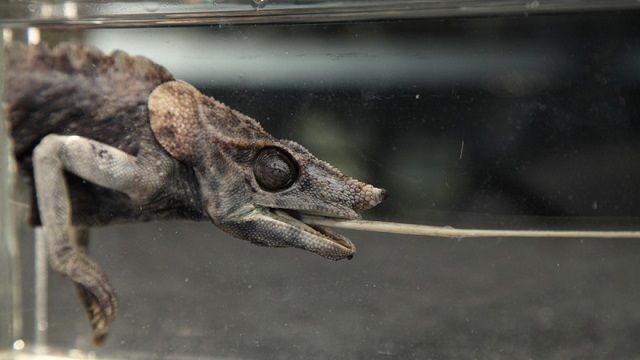
#18 - Stretched to the Limit
Season 1 - Episode 1 - Aired 1/29/2013
Some animals appear to have taken Nature’s gifts and stretched them to extreme limits. With these two natural curiosities one creature, the giraffe, has ended up with a super-stretched neck, the other, the chameleon, a super stretchy tongue. In both cases nature has found a way to turn the ordinary into the extraordinary.
Watch Now:AmazonApple TV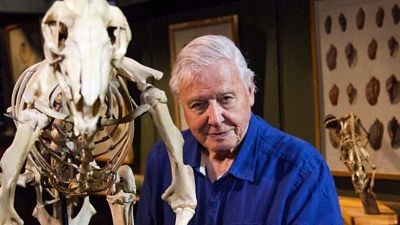
#19 - Ferocious Fighters
Season 4 - Episode 6 - Aired 2/15/2018
The Siamese Fighting Fish is so aggressive it will fight its own reflection until it is exhausted. Recent research shows that the fighting behaviour varies and depends on the personality of the fish! Male kangaroos were once pitted against humans in the boxing ring – the most impressive male kangaroos are solid blocks of muscle with a kick that can kill. Why do they fight and what skills must a winner have?
Watch Now:Amazon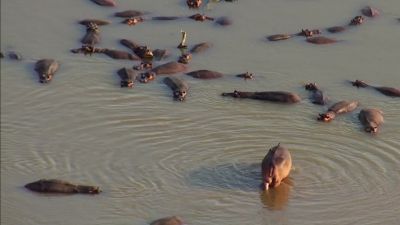
#20 - Curious Cures
Season 3 - Episode 5 - Aired 3/2/2015
Humans are not alone in using medicines against injuries and infection. Some animals protect themselves with natural remedies in the most extraordinary ways. Hippos produce a blood-red “sweat” that acts as a sunblock and helps fight infections, while capuchin monkeys rub themselves with insect-repellent leaves to protect against insect bites.
Watch Now:Amazon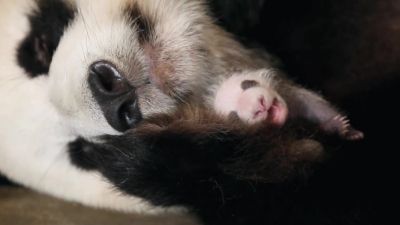
#21 - Extreme Babies
Season 4 - Episode 3 - Aired 2/12/2018
The giant panda gives birth to the smallest baby of any mammal and has to care for and protect it for many months. The kiwi lays one of the largest eggs in the bird world, which produces a very well developed chick. Why don’t pandas give birth to more developed, robust young and why do kiwis produce a single egg that is a quarter of its body mass and almost too big to lay?
Watch Now:Amazon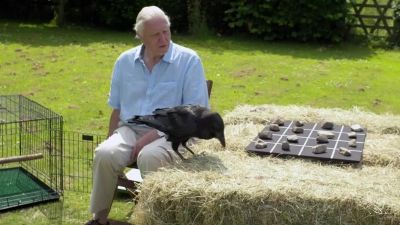
#22 - Curious Minds
Season 3 - Episode 2 - Aired 2/9/2015
Orangutans can use tools but such skills remained undiscovered for centuries. They were considered as just clever mimics until discovery in remote Sumatran swamps revealed their true potential. Clever crows also make surprisingly sophisticated tools. How have the curious minds of these two animals helped them become so inventive?
Watch Now:Amazon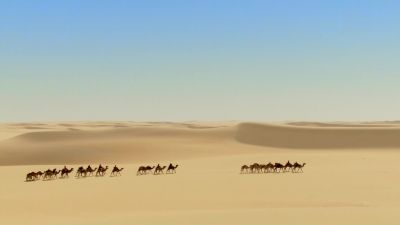
#23 - Expandable Bodies
Season 3 - Episode 3 - Aired 2/16/2015
The bodies of some animals stretch and shrink in extraordinary ways. The anaconda can swallow prey twice its own body size - and then wait for over a year until their next meal. The camel’s curious hump can almost double in weight giving it the energy to travel huge distances across deserts. What is the secret behind these expandable bodies?
Watch Now:AmazonApple TV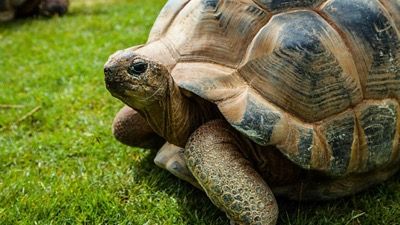
#24 - Incredible Shells
Season 4 - Episode 5 - Aired 2/16/2018
David Attenborough investigates two shells that have proved to be winners in evolution: the bird’s shell and the hard shell of the tortoise. The ostrich egg is so strong it’s possible for a person to stand on it without it breaking – how does the chick break out of this fortress? The evolution of the tortoise shell was for a long time a mystery and this bony box offers a lot more than just protection.
Watch Now:Amazon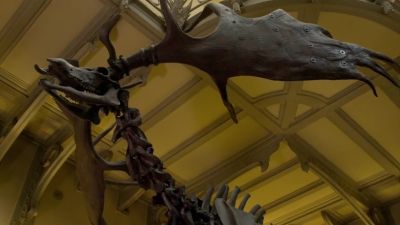
#25 - Remarkable Regeneration
Season 3 - Episode 6 - Aired 3/9/2015
Salamanders can regenerate entire legs and tails to replace ones they have lost, while deer shed their massive antlers and re-grow them from a few remaining cells each year. How do these creatures regenerate entire body parts and why is it not possible for all animals to do the same?
Watch Now:Amazon